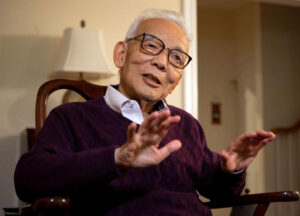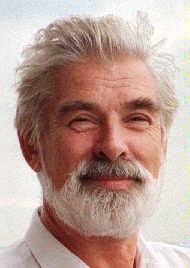
It was with great excitement that we learned last week that the Nobel Prize in Physics was shared among three scientists who had each made “groundbreaking contributions to our understanding of complex systems.” Two of the three so awarded were meteorologists, professor Syukuro (Suki) Manabe of Princeton University and professor Klaus Hasselmann of the Max Planck Institute for Meteorology.
Together, they were cited for their work in “the physical modeling of Earth’s climate, quantifying variability and reliably predicting global warming.”
Manabe led pioneering work in the 1960s that demonstrated, through numerical modeling, how increases in the carbon dioxide fraction in the atmosphere results in a global temperature rise. Though his original model was simple compared to the sophisticated tools available today, his sense of what is influential and what is not allowed that model to make remarkably accurate predictions of conditions 50 years later.
He is generally considered the father of climate modelling, a sentiment echoed by the Royal Swedish Academy of Sciences, which proclaimed that he “laid the foundation for the development of current climate models.”
Hasselmann’s work in the 1970s produced the first numerical model that adequately linked climate and weather processes together, thus carrying Manabe’s pioneering work into an even more physically accurate realm.
Together, these giants have set a course for our science in which important advances require simultaneous consideration of climate science and weather systems science.
Awarding the Nobel in Physics for such work is, as Thors-Hans Hansson, chair of the Nobel committee said, a clear indication that “the modelling of climate is solidly based in physical theory.”
Steve Ackerman and Jonathan Martin, professors in the UW-Madison department of atmospheric and oceanic sciences, are guests on WHA radio (970 AM) at 11:45 a.m. the last Monday of each month. Send them your questions at stevea@ssec.wisc.edu or jemarti1@wisc.edu.


